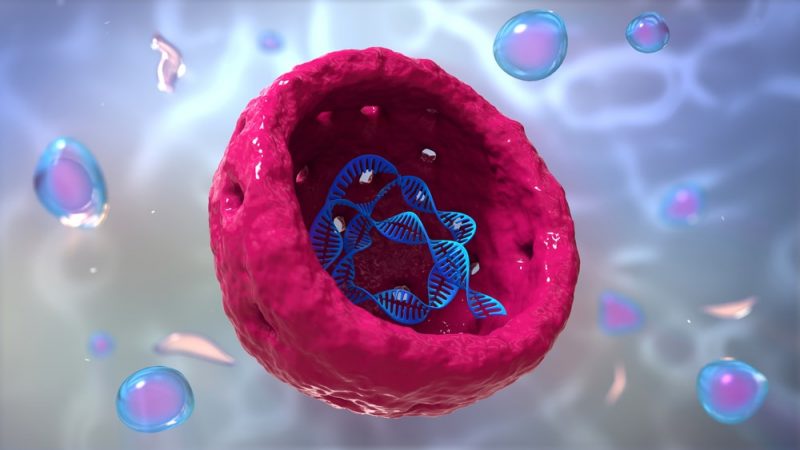The cell it is the basic and indispensable unit present in every living being. It is the smallest element alive. The three vital functions of any organism (nutrition, reproduction, interaction) are carried out by all the cells that compose it.
Depending on their structure, cells can be:
- Eukaryotic cells. They have a defined cell nucleus, covered by a membrane. Within this membrane are the chromosomes that store the organism’s genetic information. All organisms in the animal kingdom, plant kingdom, fungi, and protist kingdom are made up of eukaryotic cells. For instance: the protista plasmodium, the animal cells present in a lobster, the plant cells present in a jacaranda.
- Prokaryotic cells. They do not have a defined nucleus and lack a nuclear membrane. Its genetic material is scattered in the cytoplasm, barely gathered in an area called the nucleoid. Bacteria and archaea are the two types of organisms with prokaryotic cells. For instance: methanogenic archaea or pseudomonas bacteria.

Characteristics of eukaryotic cells
- They integrate kingdoms of multicellular beings (made up of several cells) and unicellular (made up of a single cell). Cells of each type vary in structure and characteristics. They are much larger in size than prokaryotic cells.
- They are aerobic, they need oxygen to live.
- They reproduce through mitosis (two genetically identical daughter cells originate from a progenitor cell) and meiosis (four genetically different haploid cells arise from a diploid progenitor cell).
- They have organelles, structures within the cytoplasm, which fulfill various functions. For example: in a plant cell, the chloroplast organelle performs the function of photosynthesis. Not all cells have all organelles.
- They have ribosomes (organelles that synthesize proteins) more complex than those of prokaryotic cells.
- Plant cells have a cell wall composed of cellulose. Animal cells do not have a cell wall.
Characteristics of prokaryotic cells
- They are only found in single-celled organisms. They have a smaller structure and are less complex than eukaryotic cells.
- Genetic material is scattered throughout the cytoplasm, in an irregular area called the nucleoid.
- They can be aerobic or anaerobic (they do not need oxygen to live).
- They reproduce asexually or parasexually.
- Nutrition can be autotrophic (photosynthesis or chemosynthesis) or heterotrophic (they depend on autotrophs for their food)
- They have cytoplasm, plasma membrane, cell wall, nucleoid, and ribosomes.
Examples of eukaryotic cells
- Neuron
- Euglena
- Amoeba
- Red blood cell
- Paramecium
Examples of prokaryotic cells
- Eubacteria
- Spirochetes
- Mycoplasmas
- Blue-green algae
- Methanogens
References:
- Biology: Solomon E., Berg L., Martin D. (2013) 9th Edition. Publishing Cengage Learning
- biology. Curtis H., Barnes S., Schnek A. and Massarini A. (2008) 7th Edition. Editorial Médica Panamericana.
